What Are The Signs For BIPOLAR DISORDER?
Can you answer the question if someone asked you, “What are the signs for bipolar disorder?”?
Bipolar disorder is a condition of mental disorder, which is referred to as bipolar disorder or manic depression, which is characterized by extreme mood changes, from manic to depressive conditions.
People who suffer from bipolar mania will feel energetic, impulsive, euphoric, and full of energy; then feel depressed, angry, or hopeless. Changes in mood can be very severe and affect your daily life, such as maintaining personal relationships, working, or studying at school. Fortunately, this can be cured with a combination of medication and therapy.
Let’s learn more about it from the review below.
What Are The Signs For Bipolar Disorder? – Treatments for Different Types of Bipolar Disorder
Bipolar disorder definition
Bipolar disorder or bipolar disorder is often misinterpreted as a form of a character defect in a person. This is because bipolar disorder is usually characterized by excessive emotional upheavals.
Bipolar disorder is a mental disorder caused by biological factors that are beyond the control of the sufferer. Some risk factors for bipolar disorder include genetic (hereditary) and abnormalities in brain function.
This disorder is called bipolar (meaning two poles) because the sufferer shows two very different emotional poles. The first is mania, which is the phase or episode of extreme happiness and explosiveness. While the second pole is depression. This second pole is the drastic opposite of mania. Sufferers will enter a phase that is so sad, sad, not excited, and very lethargic.
What distinguishes bipolar disorder from mood swings, in general, is its intensity. Bipolar sufferers will show a phase of mania and depression that is so severe that they can lose control of their own emotions.
=====> Stop Worrying Subliminal <=====
Causes of bipolar disorder
Until now, the cause of this disorder is still difficult to formulate, but in general, bipolar disorder is caused by an imbalance of neurotransmitters or substances that function to control the brain.
People with bipolar disorder are also associated with heredity. Various factors can cause an increased risk of bipolar disorder, including high stress, traumatic experiences, and alcoholism, and drugs.
The characteristics of bipolar disorder
Bipolar traits are often ignored, or only considered signs of stress. Bipolar disorder isn’t as simple as stress or depression. If not handled properly, symptoms can worsen and cause dangerous complications. So, learn the difference between natural emotions and which are the following bipolar characteristics.
Episode mania
In the mania phase that can last for several hours, days, or weeks, people with bipolar disorder usually exhibit extreme and uncontrolled behavior. In some cases, sufferers can not undergo daily activities such as school and work, so they have to be hospitalized.
This is what usually happens in episodes of mania.
- Cannot be silent, must move around, or walk back and forth.
- Feel the exuberance of excitement.
- So be more aware of the surrounding environment, ranging from falling objects, the touch of others, to the sounds he hears.
- Speak very quickly without clear direction (difficult to understand).
- Cannot sleep, stayed up all night but did not feel sleepy or tired in the morning.
- Acting recklessly, for example, shopping like crazy, fighting with a teacher or boss, resigning from the company, having sex with strangers without a condom, reckless driving, or drunk alcohol.
- Psychosis, which can not distinguish between what is real and what is only in his mind.
Episode of depression
The opposite of mania is depression. Sufferers will show unnatural sadness or despair.
The following are the characteristics of bipolar disorder in depressive episodes.
- Withdraw from the environment and those closest to you.
- Loss of interest in doing things that you enjoyed.
- Drastic loss of energy and energy, usually patients can not leave the bed for hours or days.
- Speak very slowly, sometimes like a person who is digressing.
- Impaired memory, concentration, and reason.
- Obsessed with death, suicide, or attempted suicide.
- Drastic changes in eating patterns, whether appetite is lost or increased.
- Constantly feeling guilty, useless, or unworthy.
Bipolar symptoms and signs in children
Bipolar symptoms in children tend to be difficult to recognize and are often difficult to distinguish from normal behavior in children. Some symptoms can also be similar to other mental disorders, such as ADHD.
Nevertheless, parents need to observe further if their child starts to show behavior that leads to bipolar disorder.
One characteristic of bipolar disorder in children is the presence of several mood phases called episodes. This bipolar episode is divided into three phases, namely mania episodes (up), depressive episodes (down), and a combination episode of both.
Episodes of mania are characterized by an increased mood. In this phase, children with bipolar disorder can feel excessive enthusiasm. While in depressive episodes, children will lose enthusiasm to despair due to a declining mood.
Two things that are very contradictory come and go in an unexpected period, can be in a matter of hours, days, weeks, or even longer. Sometimes, there is a normal period between these two episodes.
Also read: Recognizing Bipolar Disorder in Children and Teens
Get to know the various types of bipolar disorder
Do not be confused between bipolar disorder with multiple personality disorder, aka dissociative disorder.
Bipolar disorder is a psychiatric disease characterized by extreme mood swings. People with this condition have an unstable mood, which is very fast-changing and contradictory. Sometimes, he will feel very active and excited. On the other hand, he will feel depressed and depressed.
The occurrence of mood swings without control can disrupt someone to carry out daily activities, such as work, study at school, or even establish relationships with people around them.
Broadly speaking, people with bipolar disorder experience three main symptoms namely mania episodes, hypomania episodes, and depressive episodes. From this symptom, two types of bipolar disorder can be categorized, namely:
1. Bipolar disorder type 1
People with bipolar type 1 usually experience an episode of mania (very happy) which then changes or is followed by a depressive episode (very sad). In this case, the mood changes that appear will be very noticeable when the person is happy and excited, to sadness and severe depression suddenly.
Episodes of mania are mood disorders that make a person very mentally and physically excited.
When this episode occurs, the decision taken is sometimes irrational. For example, spending money to buy things that are not needed, commit violence, or even sexual harassment.
Episodes of mania generally last for about 1 week, accompanied by depressive episodes for 2 weeks.
2. Bipolar disorder type 2
People diagnosed with type II bipolar disorder will not experience an episode of mania, but an episode of hypomania. Hypomania episodes are less extreme forms of mania, so mood swings are not too obvious.
Although difficult to know, people around the patient can recognize these changes. This hypomania episode usually lasts for a maximum of 4 days.
3.Cyclotimia disorder
Cyclotimia is a milder form of bipolar disorder. Symptoms of cyclotimia are almost similar to bipolar disorder, which also contributes to rapid and rapid changes in mood.
But what needs to be underlined, when compared with bipolar disorder types 1 and 2, cyclotymia has a less intense intensity of depression and hypomania episodes.
4. Rapid cycle
Rapid cycle or fast cycle is included in one of several types of bipolar disorder, which is seen when sufferers experience various mood changes within 12 months.
With notes, someone can only be said to have a type of rapid-cycle bipolar disorder if the period of mood they experience lasts for several days.
These mood changes will usually continue to change with uncertain intensity. That is, they can be very happy, not too happy, very sad, even looking normal like there is no problem.
=====> Boost Self Esteem <=====
3 Ways to Overcome Bipolar Disorder Episodes – Bipolar Disorder Treatment
1. Drug therapy
Doctors usually prescribe mood stabilizers or anticonvulsant drugs. Antidepressants can also be given to treat the triggers of bipolar episodes.
Stabilizers can include lithium carbonate, antipsychotic or anticonvulsant drugs. It is important to remember that drugs are needed for bipolar disorder, so you are recommended to take medication as directed.
Some medications can have side effects, such as triggers of manic symptoms, which you need to consult your doctor first.
Treatment for bipolar episodes requires patience because it takes some time for the drugs to work effectively on your condition.
If there are changes in drug use or problems with symptoms, contact your doctor immediately to get the right instructions for your condition.
2. Psychological treatment
In addition to medication, psychological therapy is also useful for reducing symptoms, such as:
- Psychoeducation: This therapy provides important information about bipolar disorders, such as causes, symptoms, and prevention. This can help you understand more about bipolar episodes and warning signs to minimize triggers.
- Cognitive-behavioral therapy (CBT): This therapy is also known as speech therapy that can help you overcome problems by changing your thoughts and behavior. During therapy, you will conduct several talk sessions with your therapist to divide your problem into sections. The therapist will help you analyze these areas and teach you to apply what you have learned to your daily life.
- Family therapy: This therapy is focused on family relationships and encourages each family member to strengthen family relationships to improve mental health. It is believed that family is the best psychological treatment for mental disorders.
Also read: CBT for Negative Thinking – Will it help?
3. Change lifestyle habits
Your daily lifestyle has a positive and negative impact on your mental health. Changing good habits has an important role in the treatment of bipolar mania. Therefore, it is important to get adequate sleep, healthy eating, and healthy physical activity, such as yoga or daily exercise. Limit or avoid the use of drugs, cigarettes, and alcohol.
If you are a smoker or alcohol drinker, you need to stop smoking or drink alcohol, because these things can worsen the physical and mental disorders.
Learn to deal with stress and plan relaxation and excitement that can help balance your mood well. You can ask your family or friends to support you. Visiting a doctor regularly is also a good thing to control bipolar episodes.
Also read: 10 BEST WAYS TO RELIEVE STRESS
Are the treatments for each bipolar disorder the same?
Quoted from the Mayo Clinic page, Dr. Daniel K. Hall-Flavin explained that treatment for bipolar disorder, both type 1, type 2, and other bipolar disorder generally involves medication and behavioral therapy.
Symptoms of bipolar disorder type 1 are considered to be more severe than type 2 bipolar disorder. Therefore, patients with type 1 bipolar disorder are usually recommended to be hospitalized. This is done to avoid patients doing things that endanger themselves and others, as well as to continue to monitor his condition.
While patients with type 2 bipolar disorder, usually can still be treated with medication and support from people around them.
Although until now there has not been found a certain drug that treats bipolar disorder, conducts routine consultations to the doctor, diligently taking medication and therapy, and changing lifestyle to be healthier can improve the quality of life of patients.

***
If you, your family, or friends experience symptoms of bipolar disorder and cannot handle it alone, seek professional help. Try to consult your condition with the therapist to get the right treatment.
Stay safe, happy, and healthy!

—————————————————————————————————————————————–
This post may contain affiliate links, which means I make a small commission off purchases, at no extra cost to you. Read my full disclosure here. Thank you for supporting the work I put on this site!
—————————————————————————————————————————————–
We Stress Free does not provide medical advice, diagnosis, or treatment. However, if you need someone to talk to and want to make friends, please feel free to reach me at ferra@westressfree.com. If you would like to REDUCE your STRESS and are interested to do an ONLINE THERAPY, you can do so here.
———————————————————————————————————-—————————-
Disclaimer: The information contained in this website is for educational and informational purposes only and is not intended as health or medical advice. Always consult a physician or other qualified health provider regarding any questions you may have about a medical condition or health objectives.
Thank you for reading today’s topic: What Are The Signs For Bipolar Disorder?


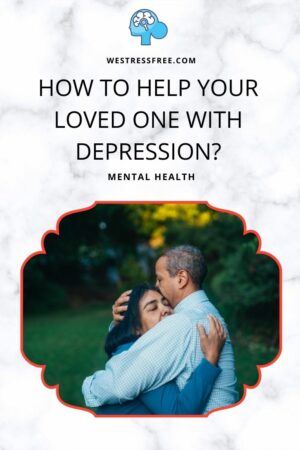

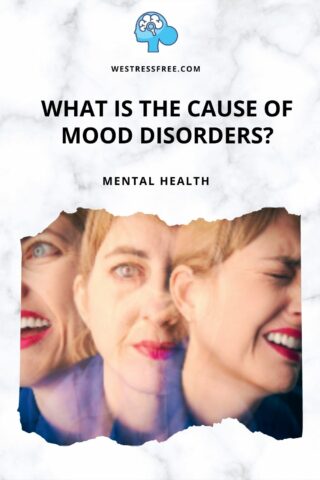
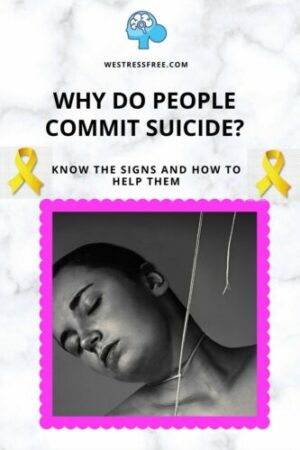


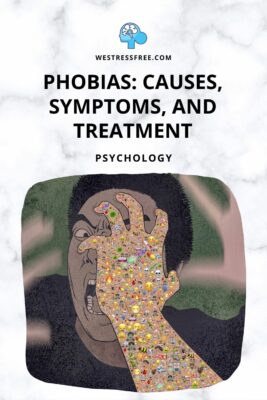

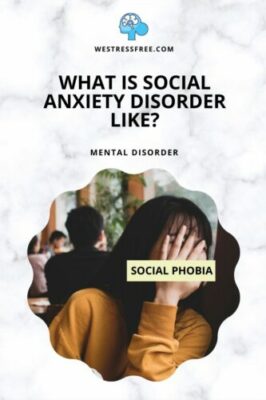
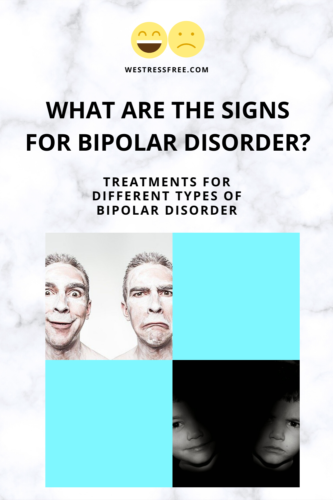
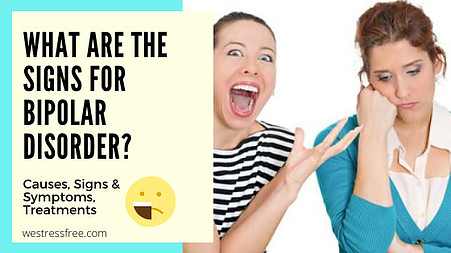
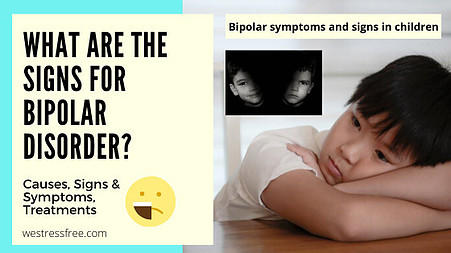
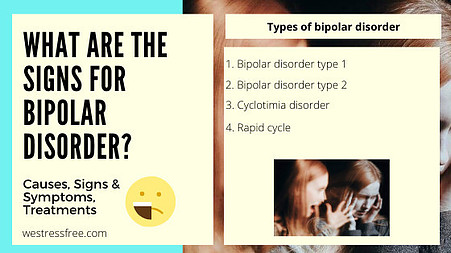



Thank you so much for this prevalent article, Ferra! I am currently in the process of having my mother tested for bipolar disorder, as she is exhibiting some of these symptoms (particularly, the drastic mood changes, trouble sleeping, and being overly anxious). I have learned so much from reading your article, and I feel that I have a better understanding of what my mother may potentially be going through. I really appreciate your diligence in presenting this information to us. God bless you!
Hi C.N.,
All the best to you and your Mom. I’m sending you guys virtual hugs and prayers.
Thank you for visiting my site and reading this post.
Glad to know that you found this post useful. ?
I really appreciate your kind words, sharing, and support.
Stay blessed, safe, happy, and healthy!
Ferra
I learnt a lot in this article. I had not idea that here are so many different types of bipolar disorder. Mental health is such an important issue to talk about. People still avoid it too much. Thanks for your work and not shying away from it!
Hi Manuela,
Thank you for visiting my site and reading this post.
Glad to know that you found this post useful. ?
I really appreciate your kind words, sharing, and support.
Stay safe, happy, and healthy!
Ferra
Bipolar disorders are quite common. I know people with different degrees of this. All are very different. The emotional mood swings are quite typical I would say. I think if the person is aware of having the disorder and is not in denial of it, It is easier to control it. All the people I know said that psyhological therapy and lifestyle habits helped more than drug therapy. Lithium is used as part of therapy as well in some cases and must be monitored carefully.
Hi Hilde,
Thank you for visiting my site and reading this post. 🙂
I really appreciate your kind words, sharing, and support.
Stay safe, happy, and healthy!
Ferra